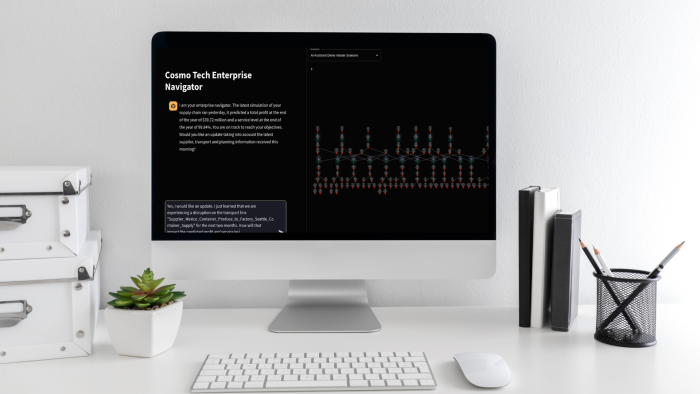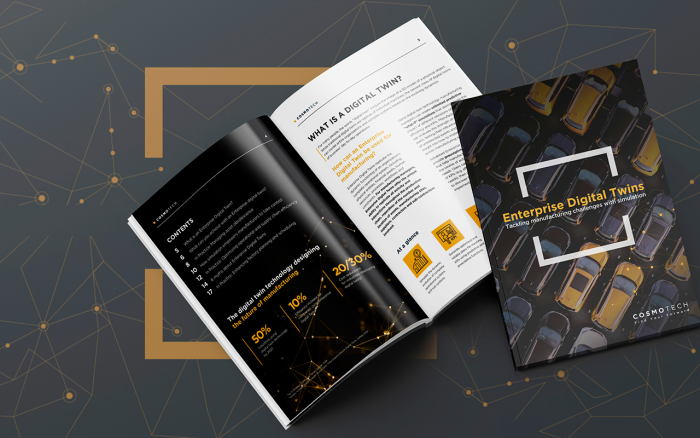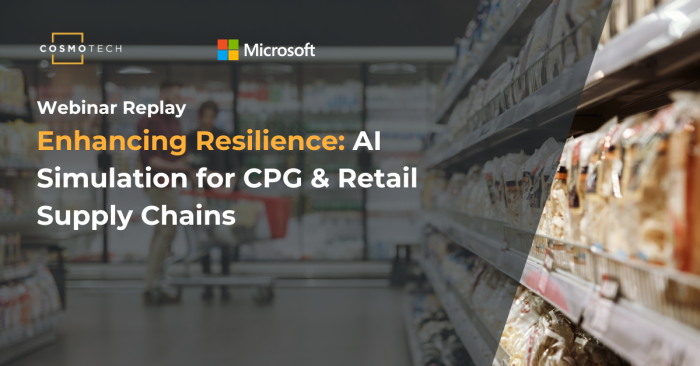Our Tools Aren’t Enough, We Need Digital Twins
The tools we have today are insufficient to respond to the challenges the industry faces.
Many in the industry continue to push forward armed only with Excel and other spreadsheet tools, or invest in AI and data science to develop a clearer view of their business. Yet these tools – alone or in concert – make it almost impossible to take a holistic view of a business whose different parts are so incredibly heterogeneous.
Existing technologies in the auto industry don’t make it easy for decision makers to test more than a handful of scenarios. This limits their visibility of the entire industrial system and puts systems goals like resiliency, robustness to threats, and the capacity to anticipate and respond to disruptions out of reach. Instead of having a vision informed by testing thousands of scenarios against each other, the automaker is left to choose the best from among the few that they have, a far from optimal outcome.
And even where an auto manufacturer has embraced modern machine learning simulation technologies they are limited in the capacity to assess their systems holistically. The intricate interconnections and interdependencies are impossible to map with machine learning based-only simulation. The profitable development of autonomous vehicles beyond today’s low level is a good case study of such interdependencies, involving increasing attractiveness amongst consumers, an evolution of infrastructure supporting vehicles to grid communication (including the rollout of 5G networks), and the increasing weight of tech pure players.
As a result, significant parts of the corporate value chain are left unanalyzed and the impacts of decisions in one part of the business on other parts of that same business cannot be quantified. It’s a limited view of the value chain and it can cost a company dearly.
The end result is that the business suffers very heavy costs as it can never test more than a handful of future scenarios and can never adopt a truly holistic view, but luckily a new era of technology tools has emerged that is up to that task.
Digital twins are the key to generating accurate forecasts and testing scenarios right across the auto industry. They help decision makers test assumptions about the future state of a supply chain, the future of demand curves – indeed, assumptions about any part of the global auto value chain. They offer the capacity to test different response scenarios against each other, identifying the strengths and weaknesses of an approach before it is implemented, and allowing for the selection of an optimal course of action.
What’s more, digital twins allow decision makers to identify the points in their supply chain that are the most critical. These points can be reinforced, made more resilient and more robust so that the supply chain can absorb shocks, disruptions, and upsets that might otherwise bring it to a halt.




